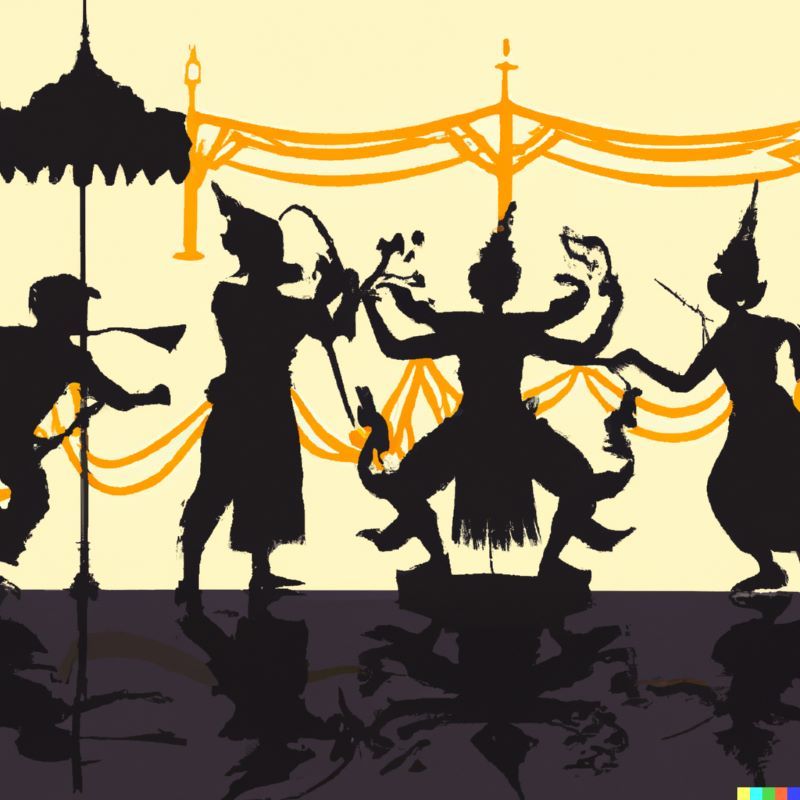The Art of Silhouette Through the World of Shadow Theater
Discover the art of "shadow theater", a traditional form of performing arts that use silhouettes on a lit, see-through screen. This simple yet complex art showcases the magic of light and shadows.





